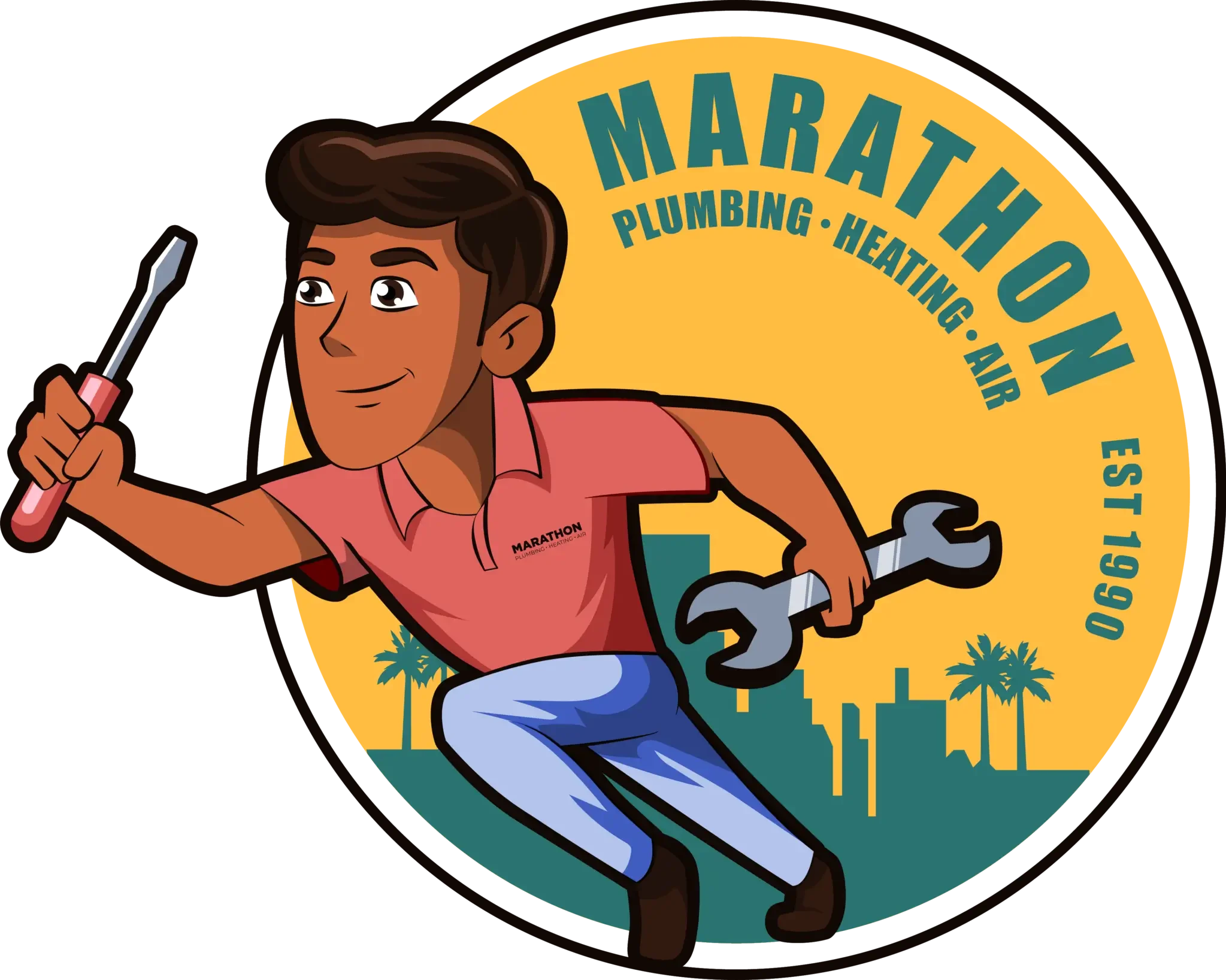Water softeners play a crucial role in enhancing the quality of water in homes by removing hard minerals. However, like any system, they can face a variety of issues that affect their performance. Common problems include salt bridging, resin tank malfunctions, and reduced water pressure, all of which can lead to ineffective softening and other complications.
Identifying Common Water Softener Issues
Water softeners are valuable for managing hard water problems, but they can encounter issues that need attention. One frequent problem is salt bridging, where a hardened layer of salt forms in the brine tank, preventing the formation of a proper brine solution needed for regeneration. This leads to ineffective softening, as the resin beads cannot be refreshed properly.
Another common issue is related to the resin tank, where the resin beads can become worn out or fouled, reducing the unit’s ability to soften water effectively. Signs of these problems include a distinct drop in water pressure, which can be very noticeable during showers or when using faucets, as well as the return of hard water signs like soap scum or mineral buildup on fixtures.
Low water pressure in the system can also signal malfunctioning components, such as a clogged valve or line. Moreover, unusual taste or smell from the tap water might indicate that the water softener isn’t working correctly and requires inspection. Being aware of these symptoms is crucial for timely intervention and effective repair before more significant issues arise. Regular checks can help catch these problems early and ensure your water softener continues to function optimally.
Diagnostic Techniques Used by Our Professionals
Diagnosing water softener issues requires a thorough understanding of the system and the potential problems that can arise. Our technicians use several diagnostic techniques to ensure they identify the root cause of any issue accurately. Visual inspections are crucial, where our professionals check the salt level, valves, and other components for obvious signs of wear or malfunction. This visual assessment helps pinpoint issues like salt bridging or mechanical blockages quickly.
More advanced diagnostics might involve the use of specialized tools and tests. For instance, water hardness tests can measure the effectiveness of the system in reducing mineral content. Pressure gauges are also utilized to evaluate the water pressure before and after the water softener, identifying any significant drops that may indicate blockages or clogs.
Flow rate meters can be employed to measure the actual flow of water through the system, helping to identify any inconsistencies that suggest a problem. Additionally, electrical tests may be performed to ensure the control valve and other electronic components are functioning as expected. This comprehensive approach allows potential issues to be addressed efficiently, minimizing downtime and disruption for homeowners while ensuring the softener operates efficiently.
Comparing Heat Pump Installation to Traditional HVAC Installation
When considering heating and cooling options, understanding the key differences between heat pump installation and traditional HVAC systems is essential. Heat pumps integrate both heating and cooling functions into a single system, requiring a different installation approach. This efficiency allows homeowners to avoid installing separate units for heating and air conditioning, streamlining the setup and reducing space usage.
Traditional HVAC systems often involve installing a furnace paired with an air conditioner unit. In contrast, a heat pump system relies on a single connected unit that shifts function based on seasonal needs. The reduced number of components not only simplifies the installation process but also minimizes maintenance demands over time.
Investing in a heat pump system can lead to significant benefits, such as lower energy consumption and utility costs. Heat pumps generally maintain a more consistent temperature, offering enhanced comfort levels compared to traditional HVAC systems. However, during extreme temperature fluctuations, supplemental heating systems might be necessary to support the heat pump’s efficiency.
Effective Solutions and Repair Procedures
Addressing common water softener issues effectively involves thorough understanding and implementation of precise repair procedures. Our technicians tackle problems such as salt bridging, resin tank malfunctions, and low water pressure with structured solutions.
Salt bridging, a frequent issue, occurs when a crust or salt dome forms above the water level in the tank, preventing salt from properly dissolving. Our professionals break the salt bridge and ensure even salt distribution. For resin tank problems, they check for clogs or damage and may replace resin beads if necessary. To address low pressure, they investigate potential blockages or system malfunctions, making necessary adjustments or repairs.
High-quality materials and tools are crucial in all repair procedures to ensure durability and effective resolution of issues. Our technicians prioritize using the best resources to extend the life and function of the water softener. By focusing on each problem meticulously, they ensure that the repairs are comprehensive and long-lasting.
Conclusion
A well-installed and maintained heat pump system can significantly enhance energy efficiency in any home. As this eco-friendly option continues gaining traction, more homeowners recognize its sustainability benefits. Proper installation and regular maintenance are vital components to leverage the full potential of heat pumps. By understanding how they differ from traditional HVAC systems, homeowners can make informed decisions that promote comfort while reducing energy costs.
To ensure your system operates at its best, trust the expertise of Marathon HVAC Services, LLC. Our team is committed to providing quality installation and maintenance services, ensuring your water softener in Canoga Park runs efficiently year-round. We guide you confidently, helping you improve your home’s climate control and energy usage.






